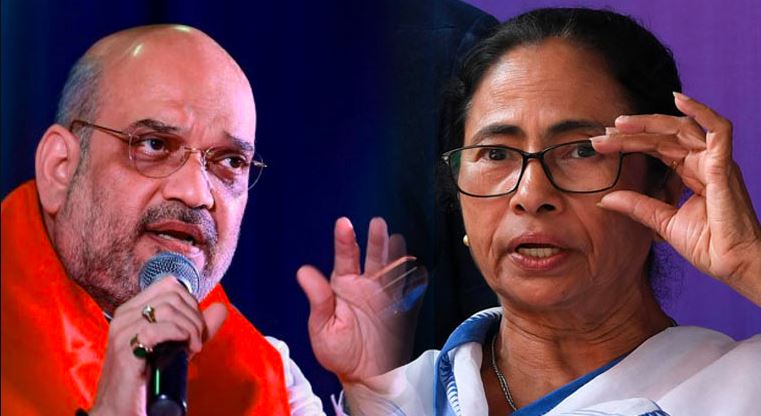For more than four decades, the politics of West Bengal has revolved around class, thanks to the domination of the Communist parties in the post-emergency period. In 2011, Mamata Banerjee uprooted the 34-year-long regime of the Communist parties on the politics of protest and minority appeasement. In the last decade, Mamata Banerjee has positioned herself “left of left” as far as class narrative is concerned. But talking about the ongoing elections in the state, caste has definitely become a factor that can sway the results come May 2.
The ‘intellectuals’ proclaimed that caste identities have been wiped out of West Bengal and the state is experiencing what in their opinion is ‘progressive politics’. In order to hail West Bengal as the pinnacle of the political contest in India, the leftist intellectuals and academics wiped out political violence, massacre, and riots under the Communist parties and TMC government led by Mamata Banerjee.
However, the facade of casteless politics changed after BJP started making inroads in the state. The party, with the organisational strength of RSS, worked tirelessly in the tribal and rural areas of the state, where the majority of the population is from lower castes and Scheduled Tribes.
In Bengal, BJP’s prime voter base consists of OBCs, SCs, and STs. Riding on popularity in these communities; the party managed to win 18 seats out of 42 in the 2019 general elections in West Bengal. The constituencies that the party majorly won in 2019 were rural – primarily in the Western and Northern regions of the state.
The party has performed admirably in both the 2016 assembly elections and the 2019 general elections since Dilip Ghosh was appointed as the President in the region. In the 2019 general elections, the party won 40.64 per cent votes in the state- only three per cent less than that of TMC. In both the elections, the party gave tickets to a large number of Hindu OBCs, who have been traditionally ignored by all three mainstream parties of the state.
BJP has regularly accused TMC of ignoring the Hindu OBCs. J P Nadda, the President of BJP, criticised Muslim appeasement politics by the parties from West Bengal like the TMC. He said, “The biggest example of appeasement [in Bengal] are OBC reservations. To the OBC list were also added minorities – and in large numbers.”
“It is due to the votebank politics of appeasement that backward castes from our Hindu religion such as Mahishya and Tili have been kept away from reservations. When we come to power we will set up a commission to try and ensure that all castes identified by the Mandal Commission are included in the mainstream,” he added.
The BJP has wooed the voters from the OBC, SC, (Mahishyas, Tamus, Sahas, and Telis, Sadgops and Namsudras) and ST communities, who constitute above 50 per cent of the state’s total population, and is mainstreaming leaders from these communities.
In the name of casteless politics, the politics of West Bengal had been dominated by Bhadralok Community, which constitutes three upper castes- Brahmin, Baidya, and Kayastha. These castes account for just 20 per cent of the state’s total population. But, all the CMs of the state – whether of CPM, Congress, or TMC – have been from the Bhadralok community. OBCs, SCs, and STs never had a say in the politics of Bengal.
After the Mandal Commission report suggested a quota for Other Backward Classes, the then CM of West Bengal, Jyoti Basu said, “West Bengal has only two castes- rich and poor.” The Communists never realised the peculiar nature of Indian society where caste matters more than the class, and therefore, the politics of the state remained in Bhadralok elitism.
Since the early 2010s, BJP has been tirelessly working, especially in the OBC and ST-dominated areas of West Bengal. Dilip Ghosh, who comes from the Sadgop caste of the Jungle Mahal region-one of the backward regions of West Bengal, was appointed as the President of West Bengal BJP in 2015.
In the 2021 Assembly Elections, the people from the non-Bhadralok community will most likely reclaim their rightful place in Bengal politics and this will change the image of the state forever. The previous left-front governments and the current Mamata government have destroyed the economy of the state, therefore, a regime change is necessary to put it back on the path of growth. Only a regime change can bring back the golden days of West Bengal and the BJP is making sure of that.
